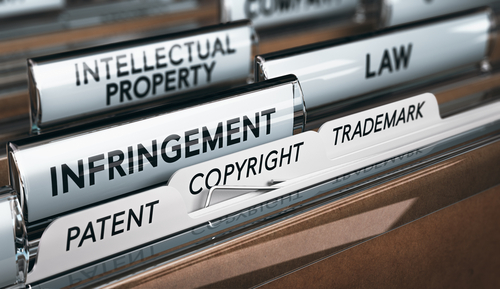Unregistered design rights (UDR) are a complex area of intellectual property law and, generally, it is for the proprietors of those rights to ensure that they are protected appropriately. The aim of UDR is to prevent copying. Wollens Solicitor Helen Prince has produced this helpful guide.
The key point with UDR is that those rights are unregistered, meaning it is much easier for other businesses / individuals to infringe UDR rights without knowing they are doing so.
What are Unregistered Design Rights?
Firstly, it is important to understand UDR and whether or not your product/design might constitute an actual infringement. In short, UDR protects the appearance of a purely functional product. To be protected by UDR a design must:
- comprise the shape or configuration of the whole or part of an item;
- be original i.e. it must not be commonplace in a qualifying county, in the design field, at the time of creation;
- be recorded in a design document / be the subject of an item made to that design; and
- the designer must be a qualifying person.
UDR is valid from the lesser of either:
- 10 years from the first marketing of the item made to that design; or
- 15 years from the creation of the relevant design
This is qualified by the fact that a right to a ‘licence of use’ can arise in the last 5 years of the UDR protection.
Types of Infringement
Primary – the owner of a design has the exclusive right to reproduce the design for commercial purposes. Primary infringement occurs when an individual / company does, or authorises another to, do anything that is the exclusive right of the proprietor of the UDR, without a licence to do so.
Secondary – secondary infringement involves the importation of / dealing in items for a commercial purpose which the infringer knows, or has reason to believe, are infringing designs.
What to do if you suspect someone is infringing your UDR?
When a UDR proprietor is made aware that another may be infringing their rights the first step in protecting those rights is usually to send the alleged infringer a ‘cease and desist’ letter. This letter requires the alleged infringer to cease their action immediately and to take steps to ensure no further infringement happens. The letter is also likely to require an account of profits, a payment of damages to the UDR proprietor and other remedies.
Remedies available
There are various remedies available to a proprietor of UDR, to include:
- Damages or an account of profits made by the alleged infringer by selling the design / product;
- an injunction preventing any alleged infringer from further infringement;
- an order from the court requiring the alleged infringer to deliver up / destroy any existing infringing design / products.
There are various rules in respect of when a cease and desist letter can be sent to an alleged infringer and it is important to ensure that you are not making any groundless threats as this can have serious consequences.
If you believe your UDR is being infringed we can advise you where you stand and help with drafting a cease and desist letter to the infringer if appropriate.
What to do if you receive a ‘cease and desist’ letter?
Receiving a cease and desist letter can be distressing, especially if you were unaware that another party may own the UDR in a design you have been using / trading in. There are various exceptions and defences to an alleged UDR infringement, for example:
Exceptions to Unregistered Design Rights
There are various exceptions to UDR, which will be dependant on the particular design in question. Examples of some exceptions include:
Common place design – A design must be original to qualify for UDR protection. If an item is commonplace at the time when the proprietor is alleging it was created, then this may mean that it does not qualify for protection.
Must fit / must match – In order to benefit from this exception it must be shown that the product is designed in a particular way because it is a necessity in order for it to fit or match with another item to perform its function.
Other exceptions may apply, dependant on the design and the circumstances involved.

Defences to Alleged Infringement
There are various defences to allegations of infringement of UDR, the top most being that the design was created independently.
If you have received a letter alleging infringement of UDR we can assist in advising you how to respond.
Helen Prince is a specialist within our dispute resolution team with a particular interest and experience in dealing with design rights infringements and can advise you if you have been affected.
Helen Prince – Solicitor
email Helen on [email protected]
Contact Wollens today if you need advice on this topic :
Call us :
South Devon 01803 213521
Exeter 01392 274006
North Devon 01271 342268



